MALAPATAN, Sarangani (September 12, 2006) – The Government of Japan has granted US$84,952 (P4,387,215) for the construction of a two-storey, 10-classroom building here, Mayor Alfonso Singcoy said yesterday.
For the project, Sarangani provincial government would counterpart P2.725 million and P586,000 from the municipality.
“We are lucky to be a recipient of this assistance,” Singcoy said. “This project is a big help in improving the municipality’s educational institutions.”
Mayor Singcoy signed the grant contract with Ambassador of Japan Ryuichiro Yamazaki in Makati City on September 5 as part of the celebration of the 50th anniversary of the Normalization of Diplomatic Relations between the Philippines and Japan.
Sarangani Gov. Migs Dominguez, local government and education officials witnessed the signing ceremony.
“The Embassy of Japan in the Republic of the Philippines will make available to the recipient a grant up to eighty four thousand and nine hundred fifty two US dollars (US$84,952) by March 31, 2007,” according to the grant contract.
The parties agreed to complete the project within one year after the contract date.
The project will be funded through the Grant Assistance for Grassroots Human Security Projects under Japan’s Official Development Assistance.
The school building project was described in a municipal project summary as a “perfect strategic fit.” It would be a “priority intervention” to address the lack of school rooms and to accommodate the growing number of elementary graduates.
The project, to rise at Malapatan National High School (MNHS), would replace a dilapidated building which was not anymore conducive for learning and dangerous for the students.
MNHS has an average of 1,200 enrollees per year. It provides secondary education to five coastal and upland elementary schools in barangays Libi, Sapu Masla, Sapu Padidu, Tuyan, and Poblacion. These barangays are home to the Indigenous People, Christians, and Muslims.
This cluster produced 507 elementary graduates this year, compared to MNHS’s 291 graduating students for school year 2005-2006.
The increase of the number of students for the last five years was 41 percent but the number of classes increased only 10 percent due to classroom inadequacy.
Most of the households here are dependent on farming with coconut, mango, corn and banana as their primary crops and fishing as secondary livelihood.
Christians gainfully tend to swine and livestock production while goat, chicken, duck and cattle-raising are mostly ventured by Muslim families. (SARANGANI INFORMATION OFFICE)
Subscribe to:
Post Comments (Atom)




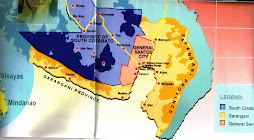

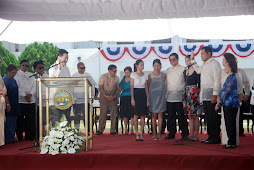
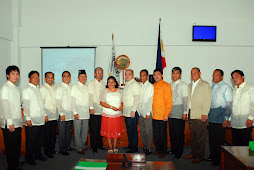


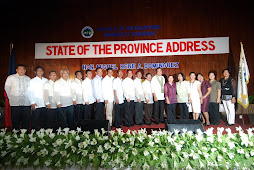
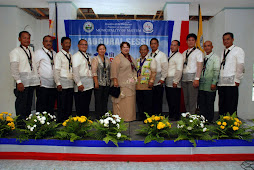




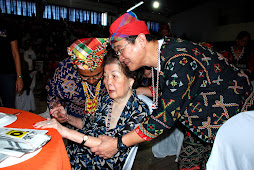





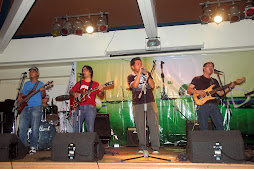









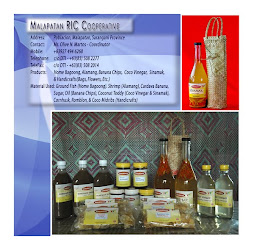






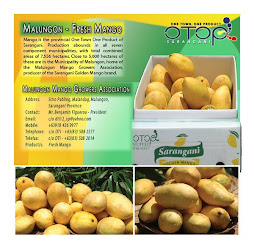







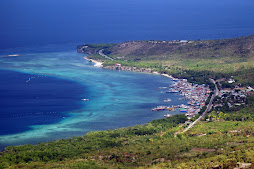
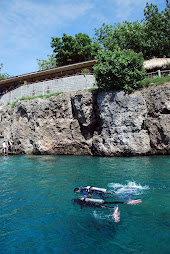
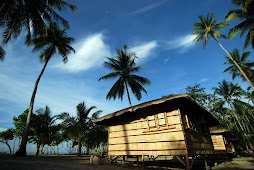


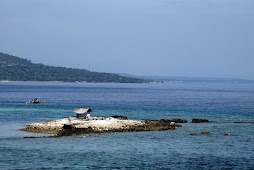
No comments:
Post a Comment